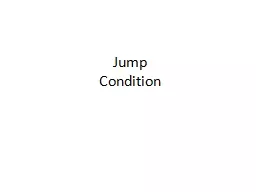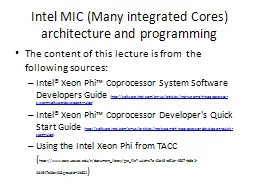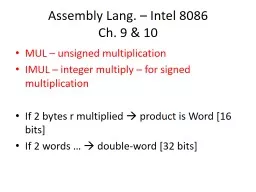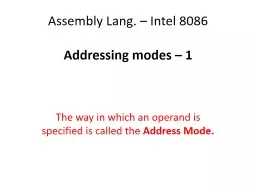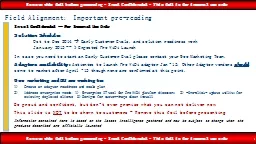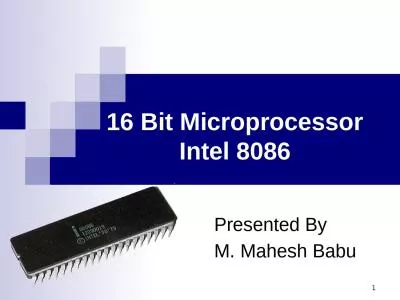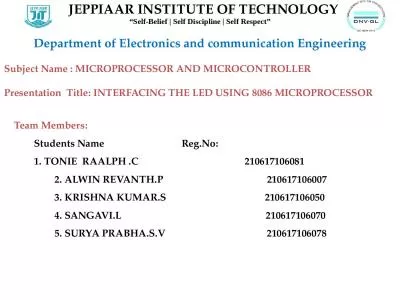PPT-Assembly Language for Intel 8086
Author : lindy-dunigan | Published Date : 2016-05-18
Jump Condition Ch 6 Assembly Language Programming by Charls Marut Some materials are from Dr Sazzad NSU Topic Control Flow Structure Conditional Jump Unconditional
Presentation Embed Code
Download Presentation
Download Presentation The PPT/PDF document "Assembly Language for Intel 8086" is the property of its rightful owner. Permission is granted to download and print the materials on this website for personal, non-commercial use only, and to display it on your personal computer provided you do not modify the materials and that you retain all copyright notices contained in the materials. By downloading content from our website, you accept the terms of this agreement.
Assembly Language for Intel 8086: Transcript
Download Rules Of Document
"Assembly Language for Intel 8086"The content belongs to its owner. You may download and print it for personal use, without modification, and keep all copyright notices. By downloading, you agree to these terms.
Related Documents

